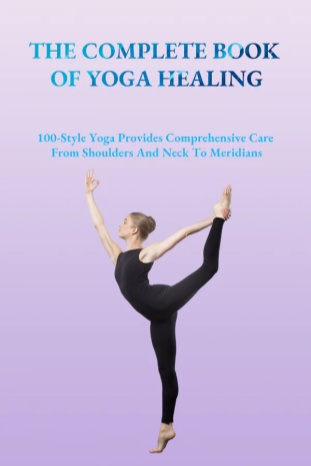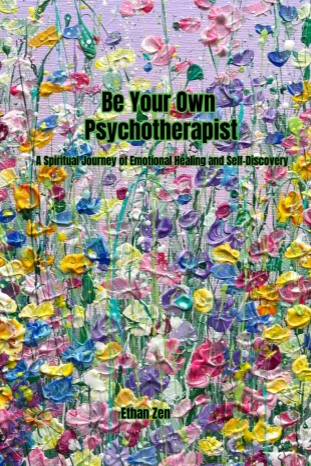The Correct Way to Meditate
In today’s fast-paced world, more and more people are turning to the ancient and mysterious practice of meditation. It not only helps relieve stress and improve concentration but also brings about inner calmness and clarity. However, many feel confused when trying to meditate, unsure of how to do it effectively. Here are some tips on proper meditation practices to help you better enter the world of meditation.
1. Understand the Nature of Meditation
Before diving into specific meditation techniques, it’s essential to understand what meditation is. Meditation involves focusing on an object, thought, or breath to achieve a state of inner peace. It is not a religious belief but a universally applicable mental training method. Through meditation, we can alleviate anxiety, enhance mood, and better face life’s challenges.
2. Choose a Suitable Environment
The environment plays a crucial role in meditation effectiveness. Choose a quiet, comfortable space where you can easily enter a meditative state. An ideal meditation space should be free from noise and distractions, preferably with natural light, creating a relaxing atmosphere. If possible, set up a designated meditation corner at home, with cushions, incense, or plants to cultivate a peaceful ambiance.
3. Set a Meditation Time
The timing of meditation is also important. Beginners may start with 10 to 15 minutes of meditation every morning or evening. Morning meditation can help you clear your mind for the day ahead, while evening meditation helps relax the body and alleviate the day’s fatigue. As you gain experience, gradually extend the meditation time and find a rhythm that works best for you.
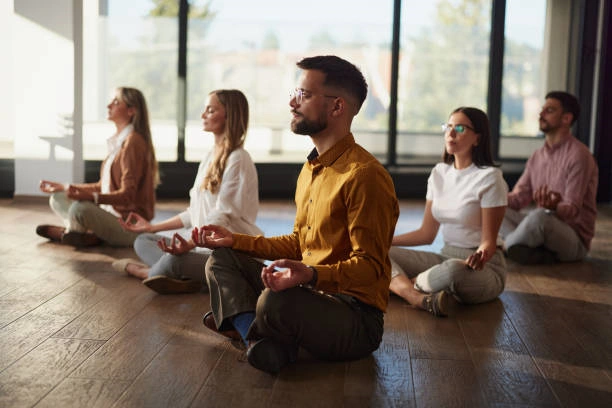
4. Master Basic Meditation Postures
The posture you choose can significantly impact your meditation experience. Here are some common meditation postures:
- Seated Meditation: Sit on a comfortable chair or the floor, with legs crossed or relaxed, keeping your back straight, and hands resting on your knees or clasped in front of your chest. Relax your body but maintain a sense of alertness.
- Lying Meditation: If sitting feels uncomfortable, you can lie down. Lie on a flat surface, with your hands resting at your sides, and make sure you don’t fall asleep during the meditation.
- Walking Meditation: Suitable for those who find it hard to sit still. Walk slowly in a quiet environment, focusing on the movement of your feet and the sensation of contact with the ground, which can help improve concentration.
5. Focus on Breathing
Breathing is a vital focal point during meditation. Beginners can try the following methods:
- Natural Breathing: Close your eyes and focus on your natural breath, feeling the air moving in and out of your nostrils. This helps to relax the mind and gradually enter a meditative state.
- Deep Breathing: Inhale slowly, allowing the abdomen to rise, and then exhale slowly, adjusting the breathing rhythm to be more stable. Deep breathing effectively reduces bodily tension and enhances the meditation effect.
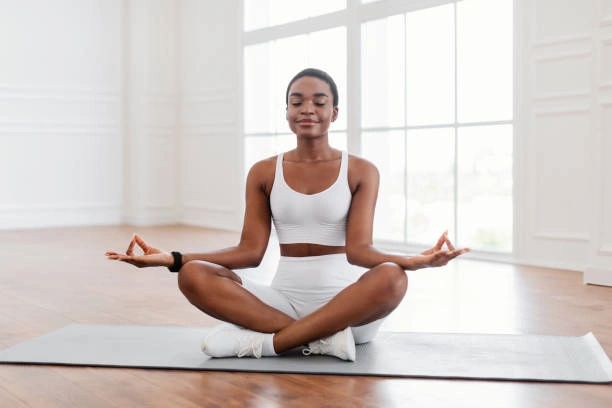
6. Let Go of Distractions
It’s normal for distracting thoughts to arise during meditation. Instead of resisting these thoughts, gently bring your focus back to your breath. When you notice your mind wandering, gently remind yourself, “Now is meditation time, I need to return to my breathing.” This process of letting go and returning is a key aspect of training concentration in meditation.
7. Use Guided Meditation
For beginners, guided meditation is a great option. Many apps and audio programs offer professional guidance, such as “Headspace” or “Calm.” These tools help users follow the instructions to gradually enter a meditative state, making self-regulation easier.
8. Practice Consistently
The effects of meditation are not achieved overnight; it requires persistent practice. Beginners can set a 30-day meditation challenge, dedicating a fixed time each day for meditation. Over time, you will notice a calmer inner state and improved concentration.
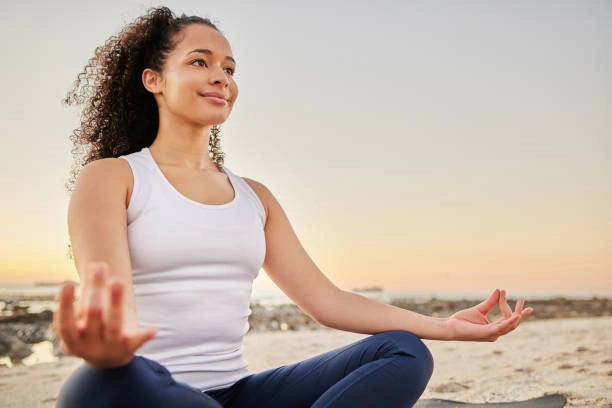
9. Keep a Meditation Journal
After each meditation session, take a few minutes to record your feelings and experiences. This not only helps you reflect on the meditation’s effects but also allows you to see your progress and changes over time. You can jot down emotional fluctuations, physical sensations, or special thoughts during meditation.
10. Accept Your Progress
Finally, remember that meditation is a personal journey, and everyone’s experience is unique. Don’t be too hard on yourself if the results aren’t as expected on some days. Learn to accept and be kind to yourself. Over time, you’ll gradually find the meditation style that suits you best.
Conclusion
Meditation is a rich and unique journey of self-exploration that not only helps improve mental health but also allows us to find our own peace in the midst of a busy life. Hopefully, the above tips can help you better understand proper meditation practices. Let’s harvest inner peace and joy together through meditation. Start your meditation journey now, and the future you will thank the present you for your efforts!





